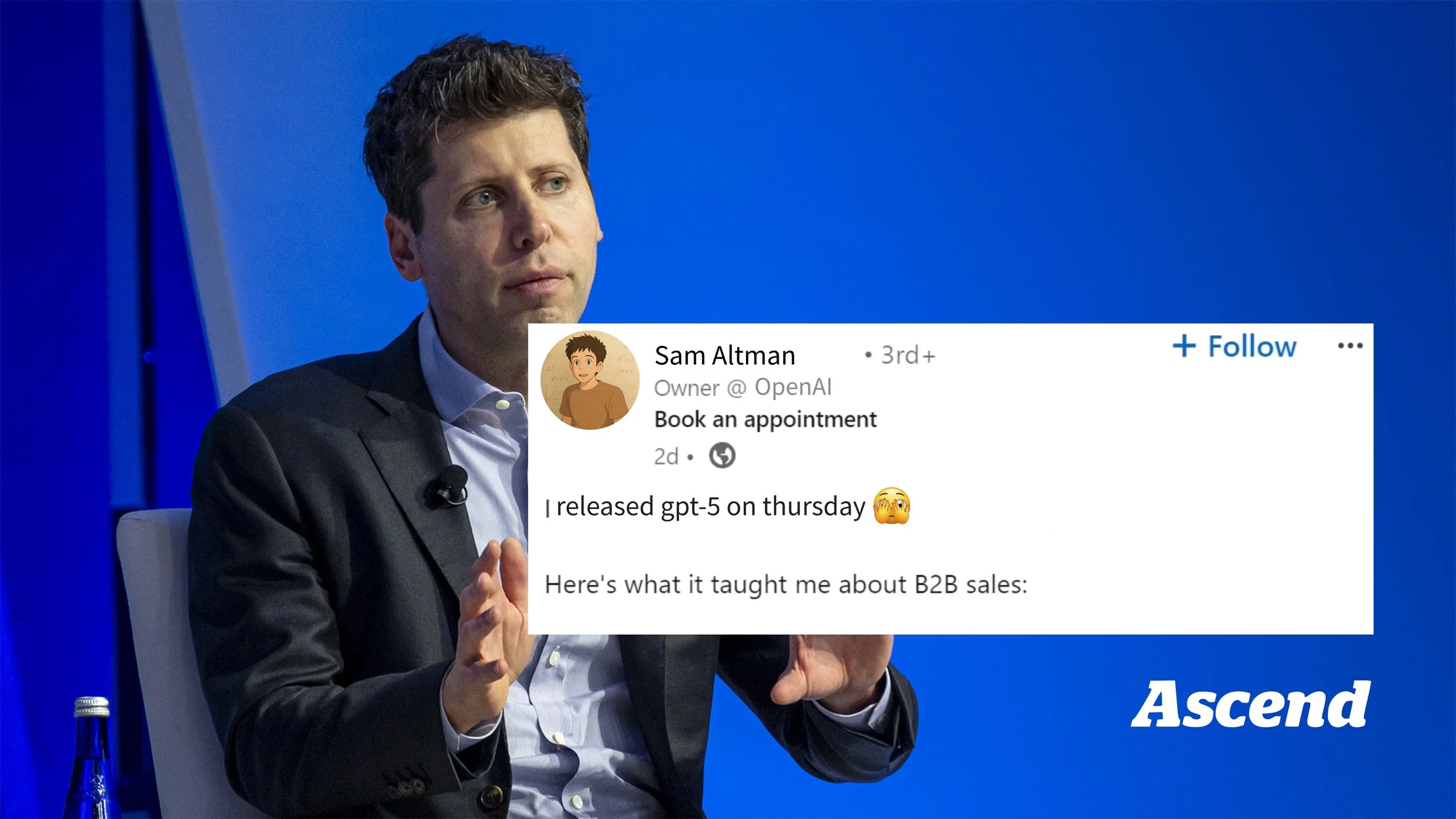By: Thomas Stahura & Nate Bek
A few weeks back, we began asking around about quantum.
We spoke with investors, folks inside big tech, and a handful of startup founders. Everyone agreed: something's happening. Washington is pouring in money. The cloud giants are positioning to host quantum platforms like it’s the next GPU boom. CVCs are getting early exposure to hardware and software bets.
And yet, when you talk to most valley VCs, you hear the same refrain: interesting, but not investable.
That tension seems to be the story. Quantum computing has become a strange mix of alarm and apathy. Quantum computing lives in a weird limbo between existential urgency and total indifference. Federal agencies and global rivals are treating it like a strategic emergency. Meanwhile, most VCs treat it like a curiosity.
So why is DC moving fast while venture capital sits back? And what do we think?
For some reason, no matter where the conversation starts, it always ends up at the same place: Q-Day.
Q-Day, for the uninitiated, is the hypothetical day a quantum computer becomes powerful enough to break RSA encryption by running Shor’s algorithm incredibly quickly. RSA is the math that secures the internet. Break it, and you can access bank records, government secrets, private messages, and maybe even your neighbor’s crypto wallet. The risk is serious enough that adversaries are already staging "harvest now, decrypt later" attacks — stockpiling encrypted data today, hoping they can decrypt it when the tech catches up.
Like AGI, Q-Day is equal parts hype and legitimate concern. No one knows when it’s coming. Estimates range from five years to never. But governments aren’t waiting around. In 2016, the National Institute of Standards and Technology (NIST) kicked off a public competition to select cryptographic algorithms that could survive a quantum attack.
By 2022, it announced its first picks: Kyber for public-key encryption. Dilithium, FALCON, and SPHINCS+ for digital signatures.
This effort, known as post-quantum cryptography (PQC), is a race to replace the locks before quantum finds the keys.
***
Suppose you have a diamond you want to send to a friend through the mail. But the postal service is corrupt and anything not in a locked box gets stolen. You have an unlimited supply of unbreakable boxes and unique locks. How do you send the diamond to your friend without it getting stolen?
Simple, you put the diamond in a box, lock it, and mail it. But your friend doesn’t have the key. So you send the key to the first box in a second locked box, but now they’ve got two boxes they can’t open.
Ok reset, once again, you put the diamond in a box, lock it, and mail it. But when your friend receives it, instead of trying to open it, they put their lock on the box and send it back. When you receive it, remove your lock and ship back once more. Finally, your friend removes their lock and gets the diamond.
This is how RSA works. Your public key is the locked box. Your private key is the box unlocker. The encryption math relies on multiplying two big prime numbers, p and q, and publishing their product, n. Anyone can use n to encrypt messages, but only someone with the original primes (your private key) can decrypt them. It’s easy to go from p and q to n. It’s hard, today, to go the other way around.
Unless you have a quantum computer.
***
Instead of prime numbers, it uses math problems that quantum computers can’t easily solve. One of the most important is Kyber, which relies on lattices and is difficult to solve because of something called the Module Learning With Errors (MLWE) problem. Think of it like hiding your diamond in a mind-bending, multi-dimensional maze. No locks, no boxes, just direction. Only someone with the right pattern can navigate it.
Less than 1% of real-world systems use PQC today. But the urgency is growing. The scramble is on to upgrade infrastructure before Q-Day arrives.
That timeline — fuzzy, indefinite, yet somehow looming — is one of the core reasons venture capital has stayed away. Funds have a shelf life. LPs expect distributions. GPs want returns. The average check wants product-market fit in 18 months and a real business in 5 years.
Ascend chatted with Chris Moran, vice president and general manager at Lockheed Martin Ventures, during a panel earlier this year. The corporate venture investor says quantum is mostly strategic for Lockheed; it's important for cybersecurity, simulation, and long-term design capabilities. The firm invested in Atom Computing, which uses optically trapped neutral atoms to build scalable, gate-based systems. It also backed IonQ, the name most people point to when they talk about quantum going public.
That tends to be the profile. It seems the most active investors in quantum right now aren’t traditional venture firms. It’s Lockheed. It’s IBM Ventures. It’s Microsoft, Google, Amazon. If quantum hits, they want to be the ones selling the picks and shovels.
IonQ is the most well-known quantum hardware company. It trades at a $10 billion market cap. In Q1 2025, it reported just $7.6 million in revenue. Most of that came from government contracts and academic partnerships. That’s more than 300x sales.
IonQ’s latest 10-Q spells it out: “anticipated future revenues from the U.S. government result from contracts awarded under various U.S. government programs.” These deals come with long timelines, risk-sharing, and complex functionality requirements. They’re good signals for deep tech maturity, but they don’t translate to enterprise adoption.
The 2024 year-end report backs it up. IonQ closed a $54.5 million contract with the U.S. Air Force Research Lab — its biggest deal to date! A big win, but again, not commercial pull.
Even so, most analysts have a buy rating on the stock (look it up). The bull case rests on scarcity. If quantum does work, IonQ owns the cloud rails, the IP, and a defensible moat. It’s priced for dominance, not for today’s numbers.
Jon Chu at Khosla Ventures framed the dynamic well in a X post: “DC sees the risk if it does work, but doesn’t know how to judge the probability or investability by looking at the technical thesis.”
That’s the divide. Washington sees a global race to crack encryption, simulate materials, and optimize weapons systems. VCs see a science project with no clear buyer and no path to $100 million ARR.
Still, we see movement in the market, especially at the application (software) layer. A new wave of pre-quantum startups is building tools for use cases that don’t require fault-tolerant machines. Think drug discovery, molecular modeling, cybersecurity, faster search, and optimization for manufacturing and aerospace. These companies are translating theoretical algorithms into usable software. They want to be ready when the hardware matures.
(If you’re building in this space, we’d love to speak with you).
This work is important. It’s the bridge between research and commercialization. But it’s not the end state. Until quantum has a breakout use case or a commercial buyer base beyond federal labs, it will remain in the hands of governments, defense primes, and cloud hyperscalers who can afford to think in decades. And no, you probably won’t ever be getting one in your home or pocket.
As David Ulevitch at Andreessen Horowitz put it in a post: “In Silicon Valley, almost nobody talks about quantum computing. In Washington DC, it comes up all the time.”





















